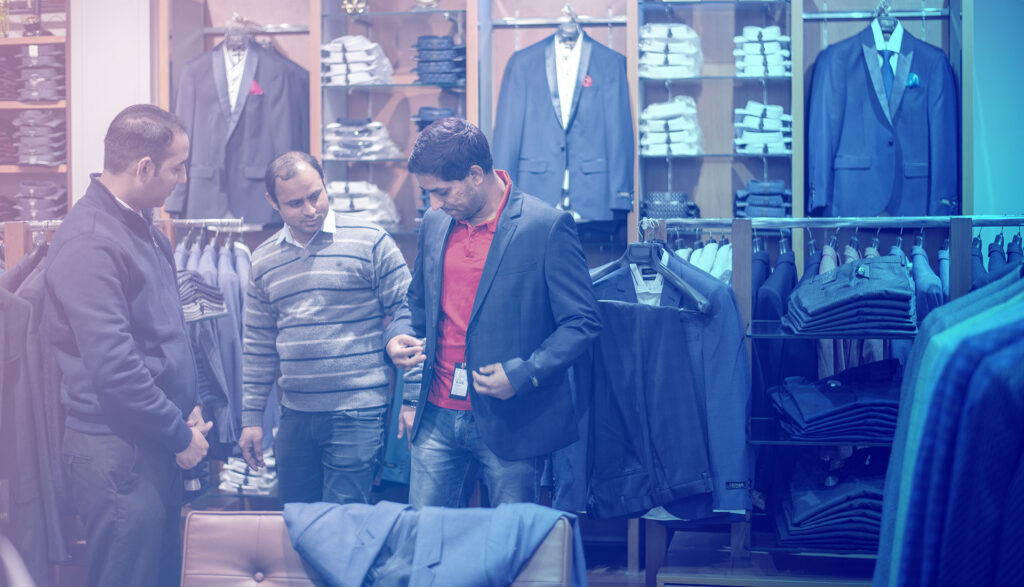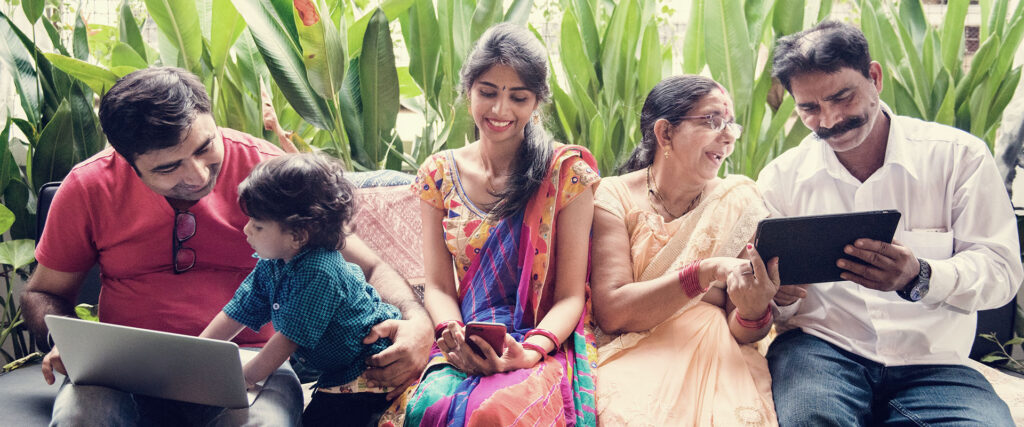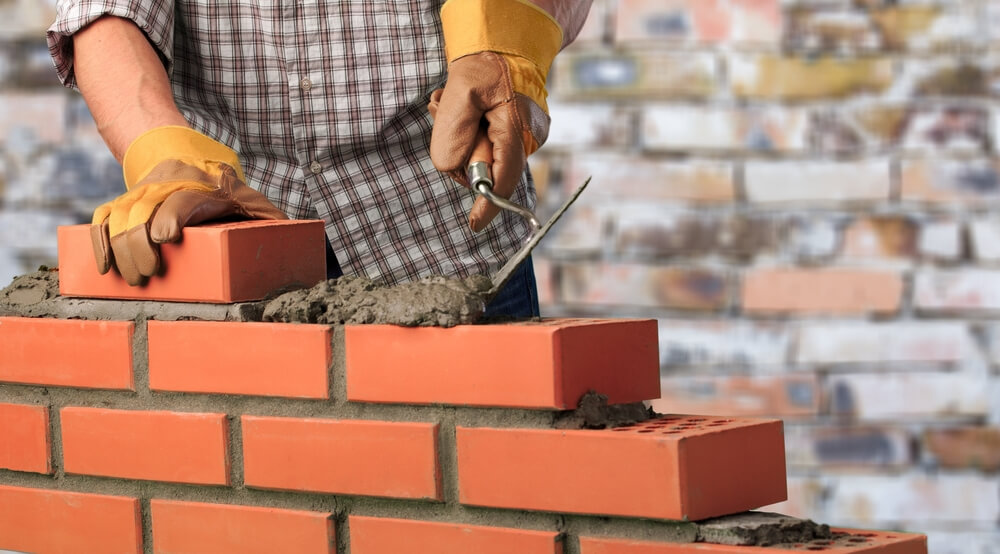10 years back when I left the advertising hotbed of Bengaluru and decided to start my own agency in a then lesser known city called Indore, everyone asked me one question – why? And my answer to them was simple – because 10 years hence, you’d all be coming to Indore and such places and I will be there with more knowledge and understanding of the place and the people.
What prompted my decision to come to Indore was this phenomenal growth I kept seeing in the city over the course of 5-6 years I had been away. And I am not talking about infrastructural growth alone. It was the changing mindsets of people in the city that lured me in. And, I realised that this is the picture of the future where all the tier II and III cities of the country are set to become the marketing battleground.
Over the past decade, I have been exposed to and blown away by this different breed of customers called “Bharat Ka Customer.” We have been fortunate to have worked with clients that had Bharat ka customer as their core TG. It gave us a chance to interact closely with them, develop a deeper understanding of them and win them over for our client.
So who is Bharat Ka Customer?
This is a constantly upward moving lot. Divided into many strata from elite and affluent to aspirers and the next billion, where the latter forming a larger chunk. They’ve always had dreams and aspirations and now intents and money with significant rise in disposable income. They are slogging everyday to make big in life (the definition of BIG may differ from strata to strata). Thanks to the digital revolution, they are exposed to the world sitting at home in their small hometowns. They now know the world like never before and they want to be a part of it. They understand their challenges and opportunities very well and also have plans to mitigate challenges and capitalise on opportunities. This newfound knowledge coupled with accessibility is what’s driving consumption at these emerging markets, making Bharat the place to be for all brands, new or old.

But they are now connected, right!
Yes they are. Their go to platforms are Google and YouTube for knowledge/information and entertainment respectively. Social media is their window to the world from where they ‘peek’ into the latest ‘trends’. They use multiple apps from e-commerce to payments to food ordering platforms to add more convenience to their lives but only when they want it. So, they might be using the food ordering app because it gets them food for when they are in no condition to move out, but when they can, they will flock to their usual ‘addas’ with their friends and family. They stay connected with their “close groups” on WhatsApp.

Having said that, they place a very strong value on physical connection rather than a digital one. They might be accessing the world on their smartphones, staying connected with it through social media, but they want to maintain physical connection with their own surroundings. The only influence that matters to them is the one that comes from friends and family. They are still subscribing to the newspaper and feel that a brand that appears in newspaper or television is the brand that can be trusted.
And they are searching and also buying online!
Yes they are, but not as much as their metro/cosmo counterparts. Their research is not that deep. This creates a unique challenge of influencing them. Unlike their metro, cosmo and tier I counterparts, these customers rely heavily on recommendations of their close group for their purchase decision.
They are also keeping the etailers hopeful. Amazon claimed 79% customers came from the tier II and III markets during their 2021 shopping fest. These are astonishing numbers for any etailer. And what are they buying? Mobiles, TVs, appliances, kitchenwares, furniture etc. But, this is a very selective and seasonal buying that’s triggered by 2 things, a) the offers and b) unavailability of the desired product in their city/vicinity.
So, despite being exposed to almost all digital and tech-enabled services, they still have a lower trust threshold with them. Dig deeper into their buying behaviour, they have a spending threshold on these platforms beyond which they prefer a local merchant. They are in a “shopping” mindset and seek enjoyment and thrill out of it, that etailers fail to offer. This is now fueling the growth of malls and large retail outlets in smaller cities.

Is there a crack code for them?
They are a tough nut to crack but not impossible. The challenge becomes harder the deeper down you go from urban to semi-urban to rural. Reason! They are in between a lot of paradigm shifts, from socio-cultural to economical and psychological. For e.g. whilst most of the families in the metros and cosmos have gone nuclear a generation back, the tier II and III families still prefer that structure. Now, something as simple as this changes the whole dynamics and purchase behaviour in these markets.
In order to win them over one needs to micro-segment them and make homogeneous cohorts instead of following the typical “one-size-fits-all-tier II and III markets” approach. Understand the factor influencing their decision making. Understand their social and psychological construct. Know their value system and create value that they seek rather than values you want to shove down their throats. Understand that by offering them “discounts” and “deals” instead of real value, you are creating a death trap for yourself. Try the age-old formula of developing reach and exposure before jumping into customer acquisition spree. Educate them before trying to ‘acquire’ them. You need to ‘empathise’ with them and become a part of their ecosystem instead of trying to push them into yours.
There are a lot of factors that make Bharat ka customer a unique challenge from city to city and town to town. They are a fine balance of future and legacy. While the knowledge and money gets them soaring, their roots keep them grounded. They know their limitations as much as they know their opportunities. You need to know that too, their limitations and your opportunities and work towards helping them overcome their limitations to capitalise on your opportunities.
